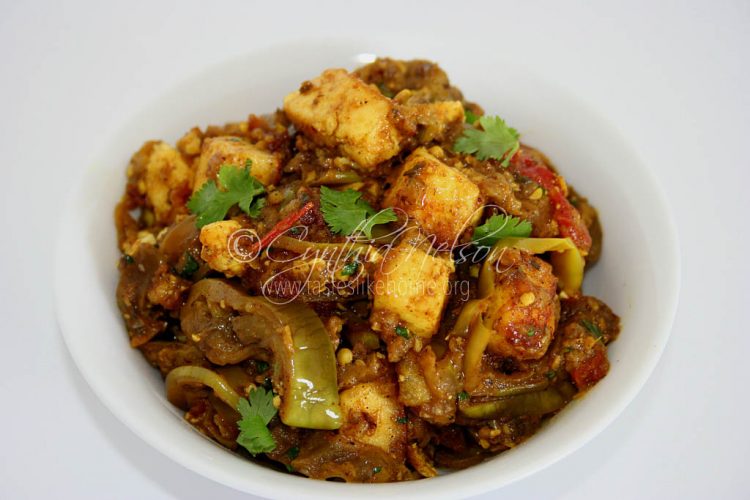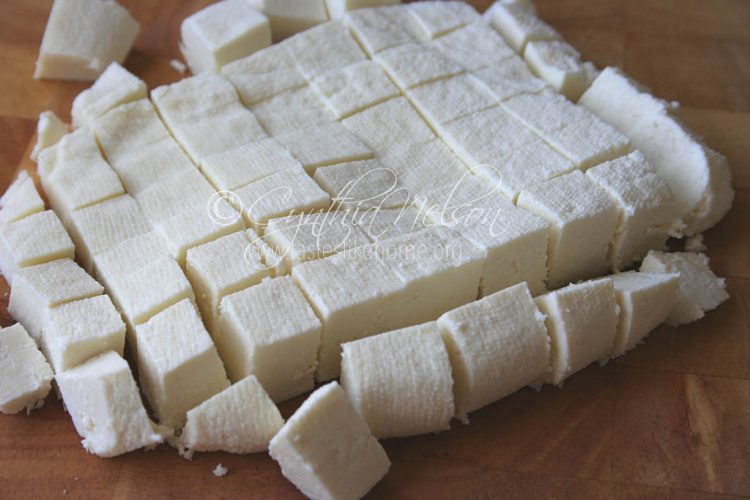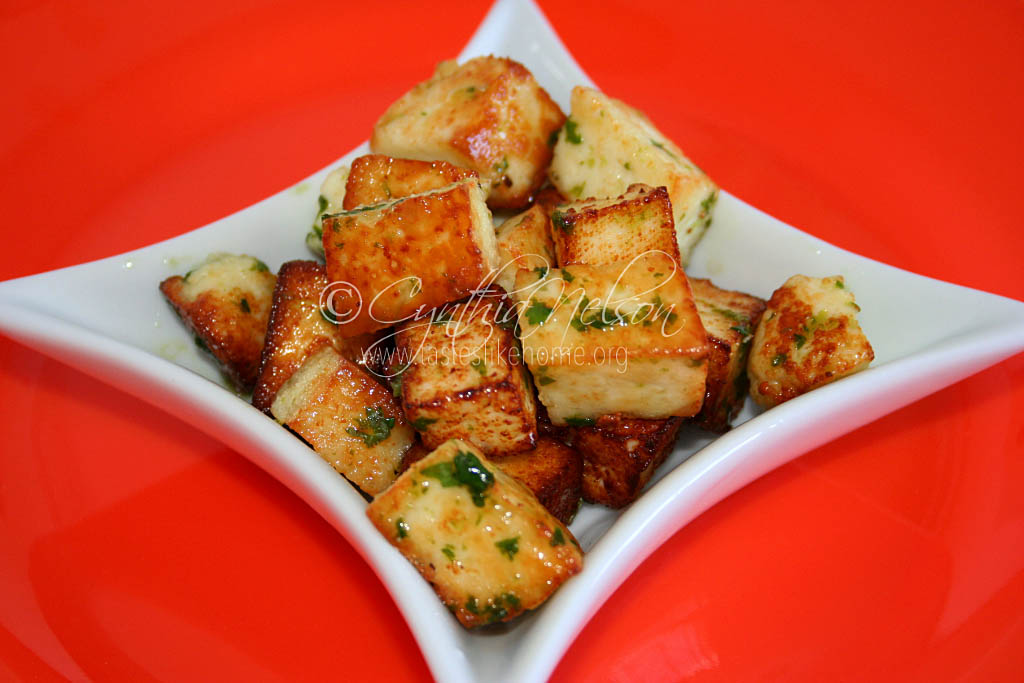
Have you bought and tried it yet? According to the report in Stabroek News (June 25, 2021) the locally made cheese is available at several well-known grocery and food outlets.
I first had paneer in 2007. It was homemade. With the guidance and advice of friends who grew up with their parents and grandparents making paneer at home, I made my own paneer. It was easy and fun. At the end of the process, looking at the final product, tasting and cooking with it, I could not help but feel proud of the accomplishment.


Paneer is an unaged cheese; it is soft and does not melt. Sometimes called Indian Cottage cheese, it is similar to Cottage cheese, the main differences being that Cottage cheese is not usually pressed to form a solid mass and, in some cases, depending on the manufacturer, Cottage cheese is mixed with cream to give a creamy texture and flavour to the finished product. To make paneer, whole milk is brought to a boil with an acid agent, usually fresh lime/lemon juice or white distilled vinegar, this causes the milk to curdle, separating the milk solids and whey. The milk solids also known as curds are then wrapped and rung tightly in cheesecloth. It is first hung and left to drip to remove the excess moisture and then pressed to form a block, solid mass, that can then be cut into cubes or thick slices. Salt is added during the curdling stage to give some flavour to the cheese.
Mild, with only the flavour of the milk and salt, Paneer is good at absorbing the flavours of whatever it is cooked with. If you have only ever had Paneer as part of a filling for Samosas, you are missing out, trying cooking it with vegetables as we would when frying/sautéing vegetables. It is good crumbled for cubed finely and added to scrambled eggs. Make a curry sauce of coconut milk and add the Paneer to it letting it cook and absorb the sauce; you will lick your fingers, or the spoon or the fork.
You can marinate cubed Paneer and serve as a snack – think marinated olives. Or toss into a salad. There is a lot that you can do with Paneer; don’t be afraid to experiment.
Vegetarians use Paneer in their diet as a major source of high-quality protein; it is low in calories and while there’s calcium, there is less calcium than other cheeses because some of the mineral is removed when the whey is drained during the process of making the cheese. Nevertheless, this cheese is a rich source of vitamin B2 – necessary for growth and overall good health. It helps the body to break down carbohydrates, proteins, and fats to produce energy. It also allows oxygen to be used by the body.
Whether for breakfast, lunch, dinner, or a snack, try Paneer. Remember, it is like a blank canvas that can absorb any flavour you add to it, so be as bold or as light as you like as you cook and use Paneer.
Cynthia
cynthia@tasteslikehome.org






